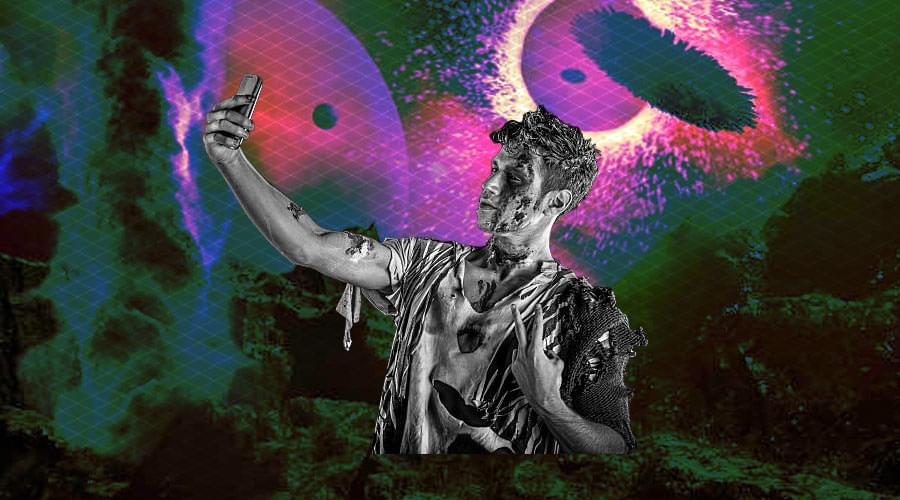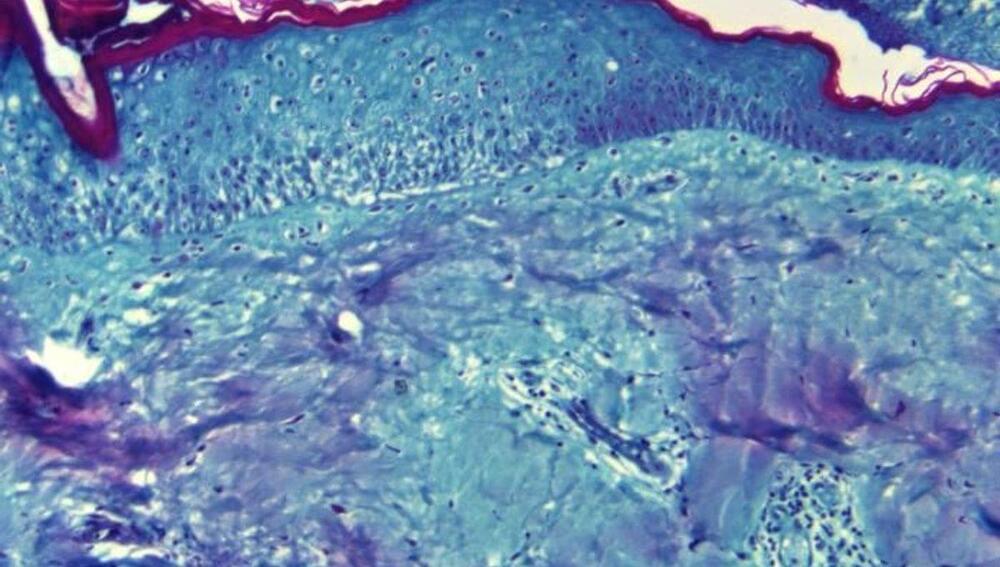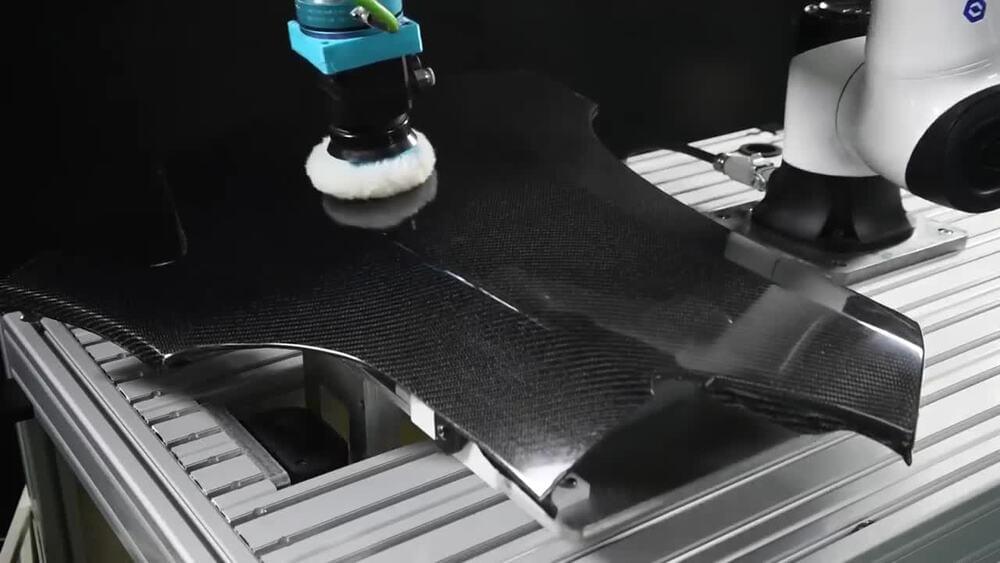The money, which is in addition to regular state funding, comes from the American Rescue Plan Act (ARPA), a $1.9 trillion federal pandemic stimulus bill signed by President Biden last year.



Under the state budget passed last week, Pennsylvania’s conservation programs will receive a one-time, pandemic-related federal booster shot of $765 million for state parks, forests, streams, open space, farms, and home energy efficiency — an amount one environmental advocate called “generational.”
The funding means three new state parks, one possibly in the Philadelphia region, as well as a new ATV park, though locations haven’t been announced. The money, which is in addition to regular yearly budget funding, comes from the American Rescue Plan Act (ARPA), a $1.9 trillion federal economic stimulus bill signed by President Joe Biden last year as part of COVID-19 relief.
The ARPA funds, combined with an additional $56 million from the state’s Oil and Gas Lease Fund, and a $12 billion state surplus, mean that agencies routinely faced with declining or stagnant spending plans are suddenly getting a big lift.
The greatest artistic tool ever built, or a harbinger of doom for entire creative industries? OpenAI’s second-generation DALL-E 2 system is slowly opening up to the public, and its text-based image generation and editing abilities are awe-inspiring.
The pace of progress in the field of AI-powered text-to-image generation is positively frightening. The generative adversarial network, or GAN, first emerged in 2014, putting forth the idea of two AIs in competition with one another, both “trained” by being shown a huge number of real images, labeled to help the algorithms learn what they’re looking at. A “generator” AI then starts to create images, and a “discriminator” AI tries to guess if they’re real images or AI creations.
At first, they’re evenly matched, both being absolutely terrible at their jobs. But they learn; the generator is rewarded if it fools the discriminator, and the discriminator is rewarded if it correctly picks the origin of an image. Over millions and billions of iterations – each taking a matter of seconds – they improve to the point where humans start struggling to tell the difference.

So, Artificial intelligence predicts selfies would dominate, ghoulish humans, holding mobiles, at the end of the earth, an event that would destroy every sign of life. Indeed, it is hypothetical and difficult to imagine the situation. An AI image generator, Midjourney, an obscure but close associate of Open AI, imagined a few of them revealing how scary they can be. Shared by a tik-tok account, @Robot Overloads, the images were hellish in tone and gory in substance. The images generated depict disfigured human beings with eyes as big as rat holes and fingers long enough to scoop out curdled blood from creatures of another world. These frames artificial intelligence has generated go beyond the portrayal of annihilation. Firstly, they are cut off from reality, and secondly, they are very few. The end of the world is billion years away when selfies would become a fossilized concept and humans are considered biological ancestors of cyborgs.
The pictures are stunning though in the sense that the elements like huge explosions going off in the background while a man maniacally staring into the camera are included in one frame. The imaginative spark of artificial intelligence should really be appreciated here. Perhaps it must have taken a hint or two from images of people taking selfies in the backdrop of accidents and natural calamities, to use them as click baits. Apparently, image generators give the users the power to visualize their imagination, how much ever removed from reality. However, the netizens are finding them captivating pleasantly, so much so that one of them wonders if they are from nibiru or planet X theories!! That one tik-tok video has got more than 12.7 million views and the reply, “OK no more sleeping,” posted by a Tik Tok user summarises, more than anything, the superficiality of melodramatic AI’s image generating capability.

Tech giants including Alphabet and IBM are racing toward building a quantum computer, and financial firms including JPMorgan are exploring possible uses.

TuSimple, a transportation company focusing on driverless tech for trucks, recently transported a load of products with its autonomous truck systems.
The road to fully autonomous trucks is a long and winding one, but it’s not an impossible one, and it seems to be in closer reach than fully self-driving cars.
The company in charge of the feat was TuSimple, a transportation company focusing on driverless tech for trucks. Eighty percent of the journey, or 950 miles (1,528 km), was driven by the autonomous system, with a human at the wheel for the other 20 percent of the cross-country trip, and at-the-ready to take over the wheel if anything faulted with the technology.
Back in the 1970s, the Soviet Union began an ambitious project to drill down 15 km. Whilst they didn’t succeed, the Kole Superdeep Borehole is still the deepest vertical borehole in the world.

